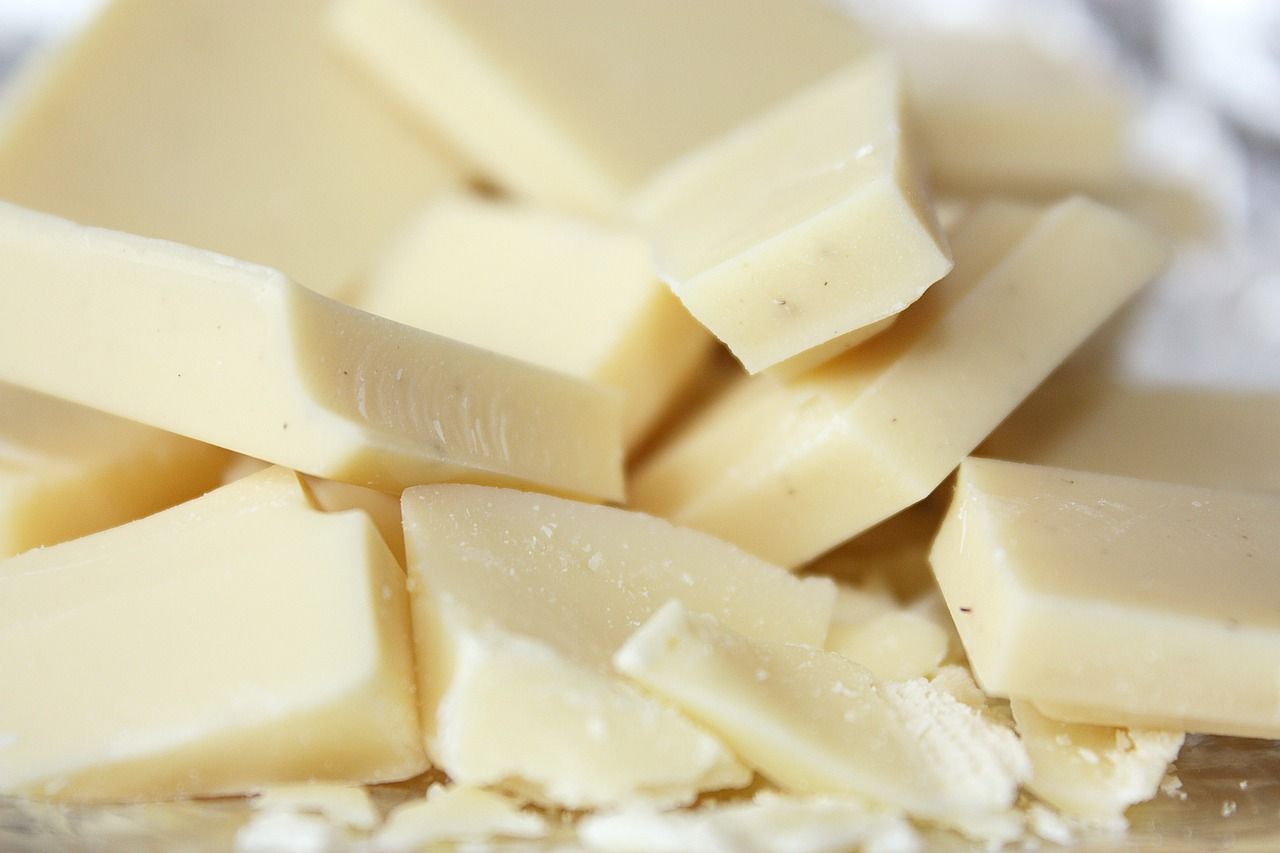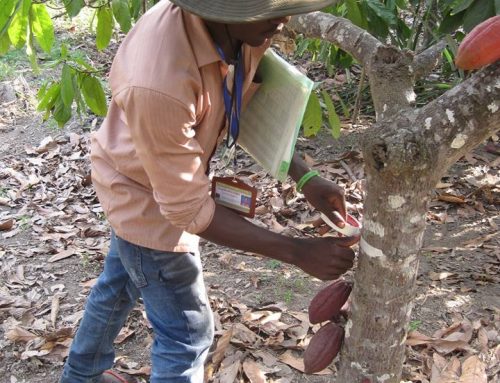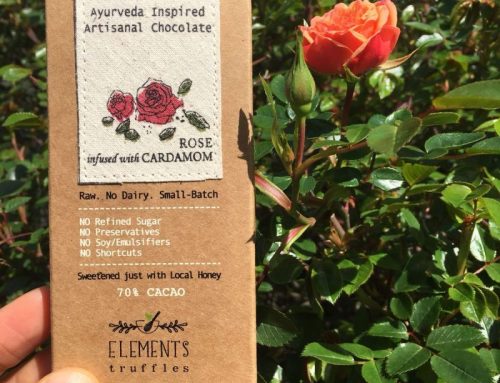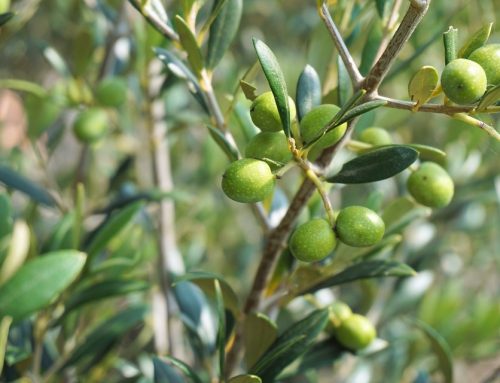White chocolate – it always makes an appearance over the holidays in coffee shops and on our desserts, but is white chocolate actually chocolate?
The truth is that true white chocolate is something of a distant relative to the dark, bittersweet chocolate currently in the spotlight. These milky white bars are not as mysterious as they might seem and are deserving of a second chance.
White Chocolate Production Process
When traditional chocolate is made, the cacao pods are opened, the beans inside are removed and roasted then cracked open, the nib is removed and then ground and made into a base known as chocolate liquor. This is chocolate in its purest form and is what we use to make high quality, craft chocolate.
During this final step, the chocolate separates into two products; cocoa solids and cocoa butter. This happens with the help of a press that professionals use to get the cocoa butter out of the final stage.
It’s this cocoa butter, or pure, cacao fat, that becomes white chocolate. Cacao butter is mixed with milk solids, (usually powdered), vanilla and sugar to create the smooth, white product we find in stores known as white chocolate. As with it’s darker cousin, different brands put out varying degrees of quality and varieties in taste.
The FDA has Their Say on White Chocolate
Back in 2004, the FDA created a “Standard of Identity” for white chocolate to let consumers know which products have cocoa butter and limited sweeteners as opposed to cheap solidified oil and sugar.
Official white chocolate has a minimum of 20% cocoa butter, 14% milk solids, 3.5% milk fat and no more than 55% of sugar or sugar substitute. These regulations are in response to dummy white chocolates that use vegetable fats as opposed to cocoa by-products. Those products aren’t actually chocolate, as they do not contain any cacao.
White Chocolate Shopping
You want to buy the best white chocolate for recipes that call for coating small bites, drizzling a decoration on top of a sweet or for melting and dipping. You can always eat white chocolate on its own, but then you’ll want the absolute best bar you can find.
Your white chocolate should be ivory, not pure white. Check its place of origin and make sure that it was derived from only one kind of bean, not a mix. The company producing it should have a reputation for responsibility – stay away from Nestle. Also be sure to check for the phrase white baking chips or morsels – this implies a lack of cacao butter.
White chocolate really seduces when it melts. As white chocolate of a high quality becomes liquid, it has a velvety texture and smooth texture. Cheap impostors will separate or seize up as you attempt to bake with them or melt them down. If you want the perfect coating for your strawberries, get the best bar you can.
The percentage of cocoa butter generally falls between 29 and 55 percent. There are a handful of delicious white chocolate bars from craft producers. We’ve linked three of our favorite white bean-to-bar chocolates here below.
Are you a white chocolate lover? Give our recommendations a try and let us know what you think! Leave a comment or photo below and share this story to spread the love.
Try Askinosie’s 34% white chocolate bar made with cacao from the Philippines.
Check out Charm School’s 34% vanilla white bar
Buy Fruition’s Good Food Awards-winning toasted white chocolate bar (38%)






